
Ventilation is the mechanical system in a building that brings in “fresh” outdoor air and removes the “contaminated” indoor air.
In a workplace, ventilation is used to control exposure to airborne contaminants. It is commonly used to remove contaminants such as fumes, dusts, and vapours, in order to provide a healthy and safe working environment. Ventilation can be accomplished by natural means (e.g., opening a window) or mechanical means (e.g., fans or blowers).
Industrial systems are designed to move a specific amount of air at a specific speed (velocity), which results in the removal (or “exhaust”) of undesirable contaminants. While all ventilation systems follow the same basic principles, each system is designed specifically to match to the type of work and the rate of contaminant release at that workplace.
- There are four purposes of ventilation:
- Provide a continuous supply of fresh outside air.
- Maintain temperature and humidity at comfortable levels.
- Reduce potential fire or explosion hazards.
- Remove or dilute airborne contaminants.
Circular Inline Fan
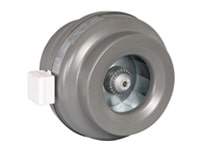 The Circular Inline Fans are moisture resistant and are approved for installing in humid or damp environments. The fans are rated IP44 when installed in a duct system. They must not be used for transporting grinding dust , soot or similar air borne particles. The casing is manufactured from pre-galvanized steel. Automatic thermo contacts open if the temperature with in the motor winding becomes excessive. Fan is equipped with CE certified external rotor single face asynchronous motor.
The Circular Inline Fans are moisture resistant and are approved for installing in humid or damp environments. The fans are rated IP44 when installed in a duct system. They must not be used for transporting grinding dust , soot or similar air borne particles. The casing is manufactured from pre-galvanized steel. Automatic thermo contacts open if the temperature with in the motor winding becomes excessive. Fan is equipped with CE certified external rotor single face asynchronous motor.
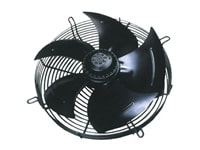 An axial fan is a type of a compressor that increases the pressure of the air flowing through it. The blades of the axial flow fans force air to move parallel to the shaft about which the blades rotate. In other words, the flow is axially in and axially out, linearly, hence their name.
An axial fan is a type of a compressor that increases the pressure of the air flowing through it. The blades of the axial flow fans force air to move parallel to the shaft about which the blades rotate. In other words, the flow is axially in and axially out, linearly, hence their name. 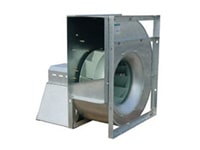 Sisw is single inlet single width fans, thé suction is only at one side. Didw is double inlet double width. It has suction on both sides, you can Say it is two centrifugal impellers welded together as one.
Sisw is single inlet single width fans, thé suction is only at one side. Didw is double inlet double width. It has suction on both sides, you can Say it is two centrifugal impellers welded together as one. 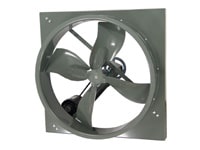 A propeller is a type of fan that transmits power by converting rotational motion into thrust. A pressure difference is produced between the forward and rear surfaces of the airfoil-shaped blade, and a fluid (such as air or water) is accelerated behind the blade.
A propeller is a type of fan that transmits power by converting rotational motion into thrust. A pressure difference is produced between the forward and rear surfaces of the airfoil-shaped blade, and a fluid (such as air or water) is accelerated behind the blade. 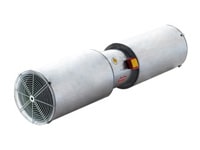 Jet fan system generates air flow inside a tunnel by fan air blow. It effectively uses the piston effect by vehicles and natural winds to boost ventilation. Efficient air flow control makes the system very cost-effective.With bidirectional traffic or smoke exhaust from a tunnel with unidirectional traffic, while a booster fan which produces unidirectional air flow is used for ventilation in a tunnel with unidirectional traffic
Jet fan system generates air flow inside a tunnel by fan air blow. It effectively uses the piston effect by vehicles and natural winds to boost ventilation. Efficient air flow control makes the system very cost-effective.With bidirectional traffic or smoke exhaust from a tunnel with unidirectional traffic, while a booster fan which produces unidirectional air flow is used for ventilation in a tunnel with unidirectional traffic